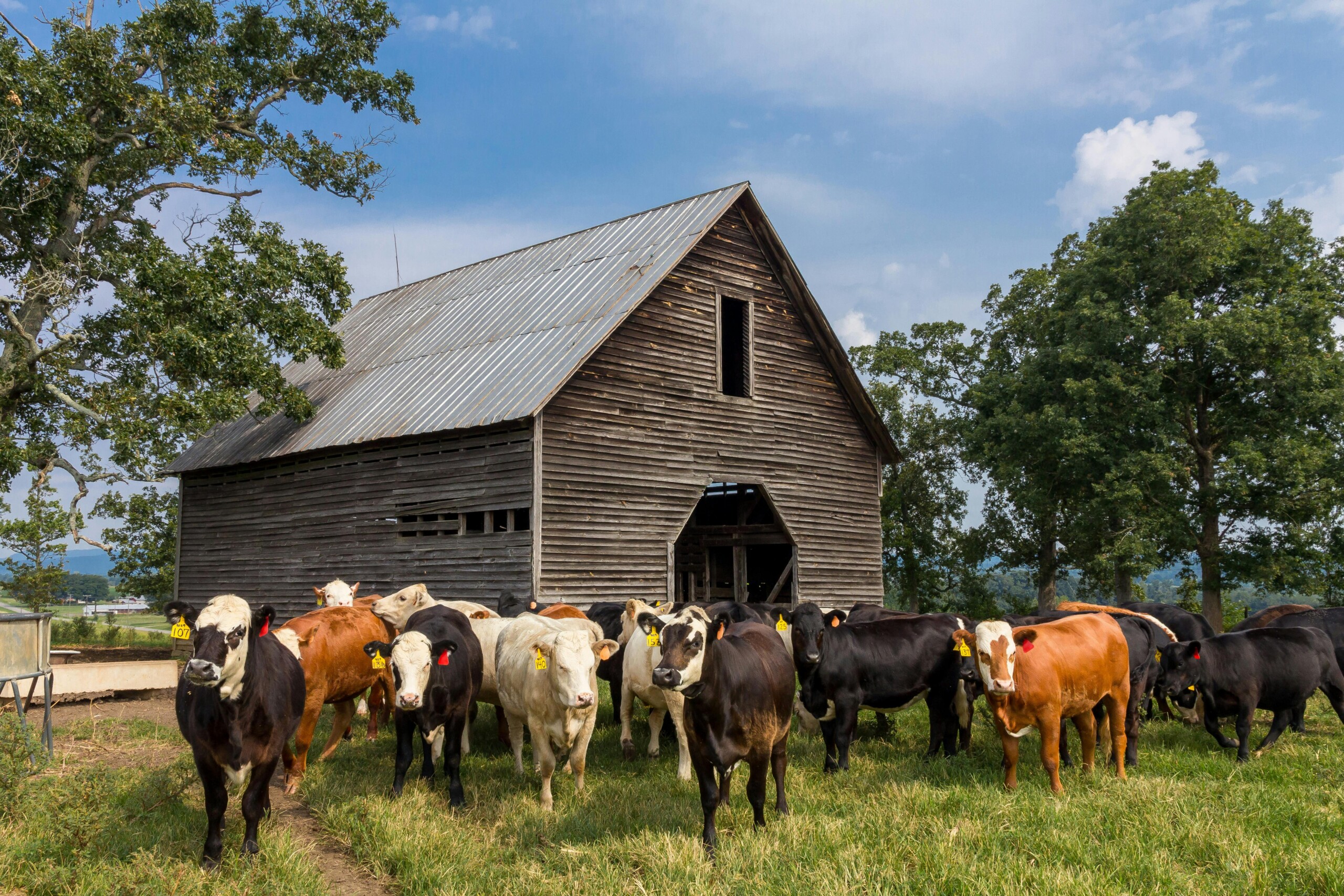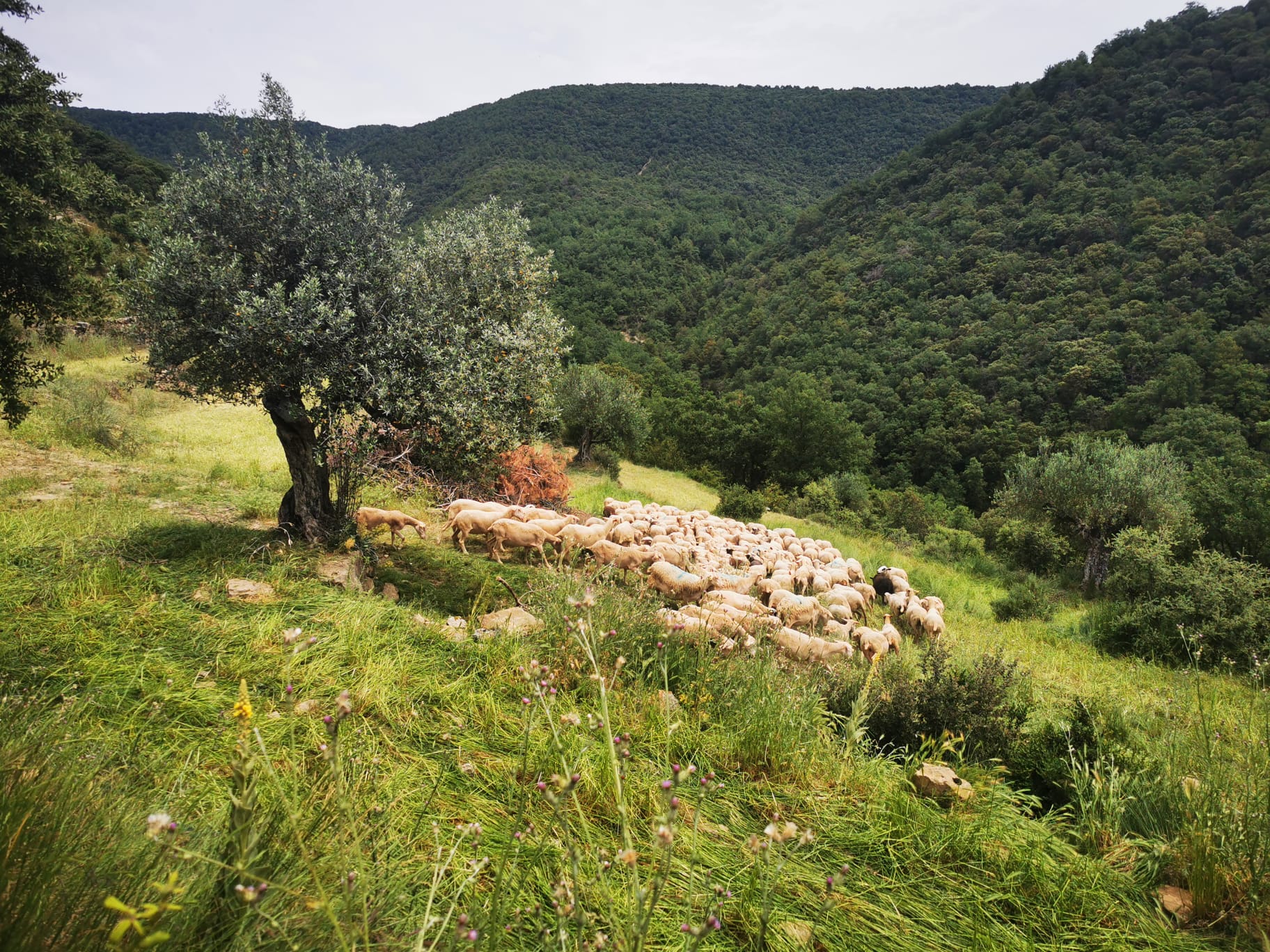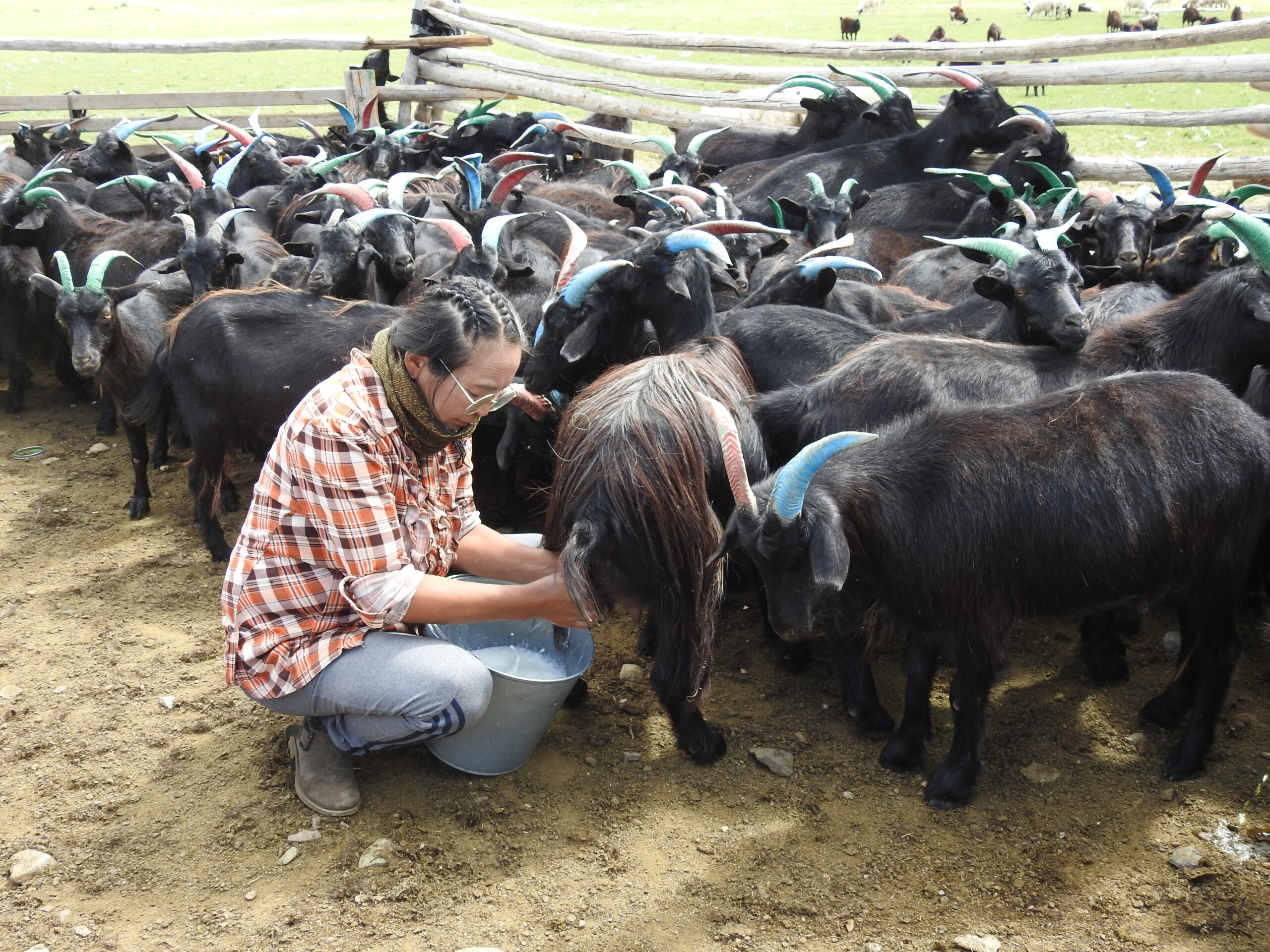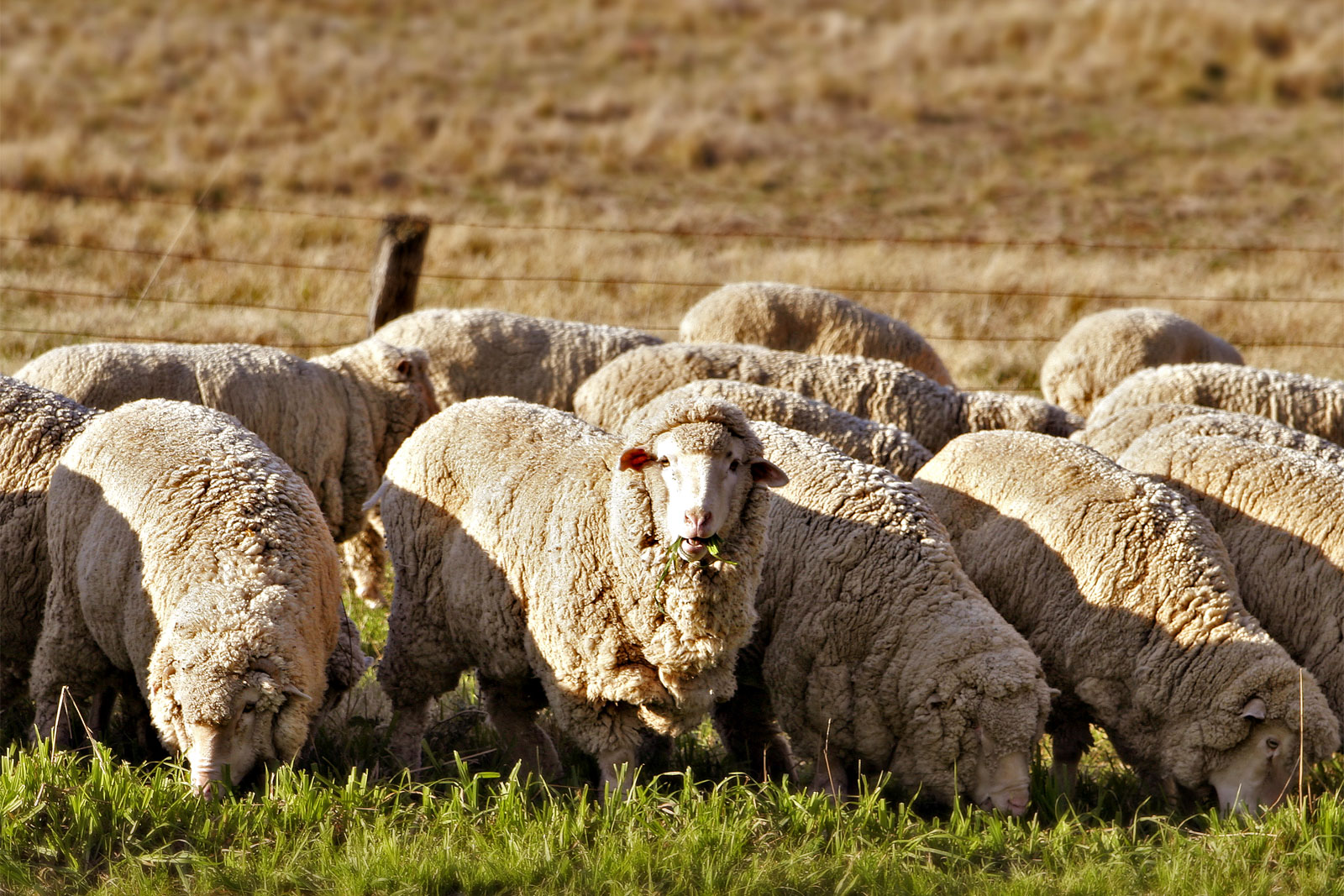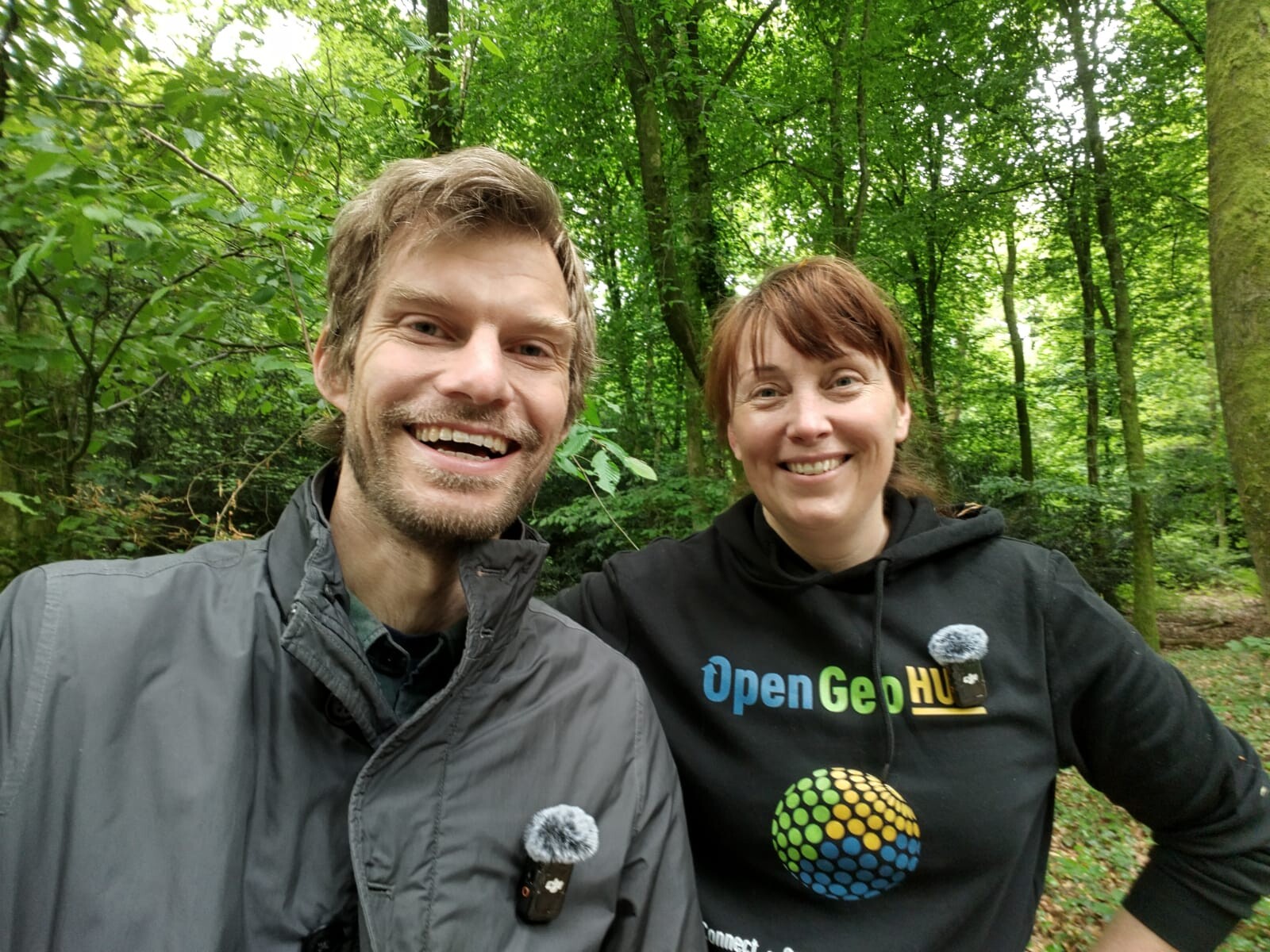
Photo: Dr. Ichsani Wheeler and Koen van Seijen
11 June 2025
“Animals are the cyclers of nutrients. They are a fundamental, integral part of an ecosystem. If you remove animals from an ecosystem, it becomes less.” – Ichsani Wheeler, PhD
The first episode of the podcast series co-produced with Investing in Regenerative Agriculture and Food (IRAF) centers on why bringing animals back into agricultural and food systems is essential for regeneration, resilience, and abundance. Guest Dr. Ichsani Wheeler, Research Coordinator at OpenGeoHub Foundation, and host Koen van Seijen walk through a forest in the Netherlands, discussing how the presence and movement of animals on the land directly shape ecosystem health, soil fertility, and the future of food production.
The importance of animals in regenerative food systems
Wheeler explains that integrating animals into food systems is about more than just adding “livestock” to farms; it’s about restoring the ecological functions that both wild and domestic animals provide. She explains the “empty forest” concept—the dramatic decline of large wild animals since 1970—and how this loss has disrupted nutrient flows and ecosystem function. She stresses that animals, especially megafauna, are essential for moving nutrients, preventing both over-accumulation and depletion, and supporting biodiversity.
The conversation delves into practical examples: integrating grazing animals back onto pastures, using technology such as real-time biomass mapping to support better grazing decisions, and learning from traditional pastoralist knowledge. These approaches help reconnect animal and plant systems, improve soil health, and make food production more resilient to climate change and other shocks.
Overcoming challenges to animal integration in agriculture
Wheeler also addresses the challenges of animal integration in agriculture, such as land ownership, policy barriers, and the need for context-specific, place-based solutions. She emphasises that every landscape has a state it “wants to be,” and working with these natural tendencies, rather than against them, makes agricultural systems more efficient and sustainable.
How animal integration restores ecosystem functions
Wheeler challenges the narrative that there are “too many animals,” arguing instead that most landscapes are less abundant than they could be, and that well-managed animal integration can increase life and productivity. Her message is clear: integrating animals thoughtfully into food and agricultural systems is fundamental to creating more abundant, resilient, and regenerative landscapes.
These insights set the tone for the series: integrating animals into agricultural and food systems is not just possible—it’s fundamental to regenerating our landscapes and food supply. More episodes in this series will follow during 2025 and 2026. Follow and listen to “Investing in Regenerative Agriculture and Food” episodes on our website here, directly on the IRAF website, or on your favorite podcast streaming service to keep up with the latest insights, stories, and practical solutions from leaders in the field.
–
This podcast series is one example of the initiatives supported by the Datamars Sustainability Foundation. Read more about our ongoing projects here.
